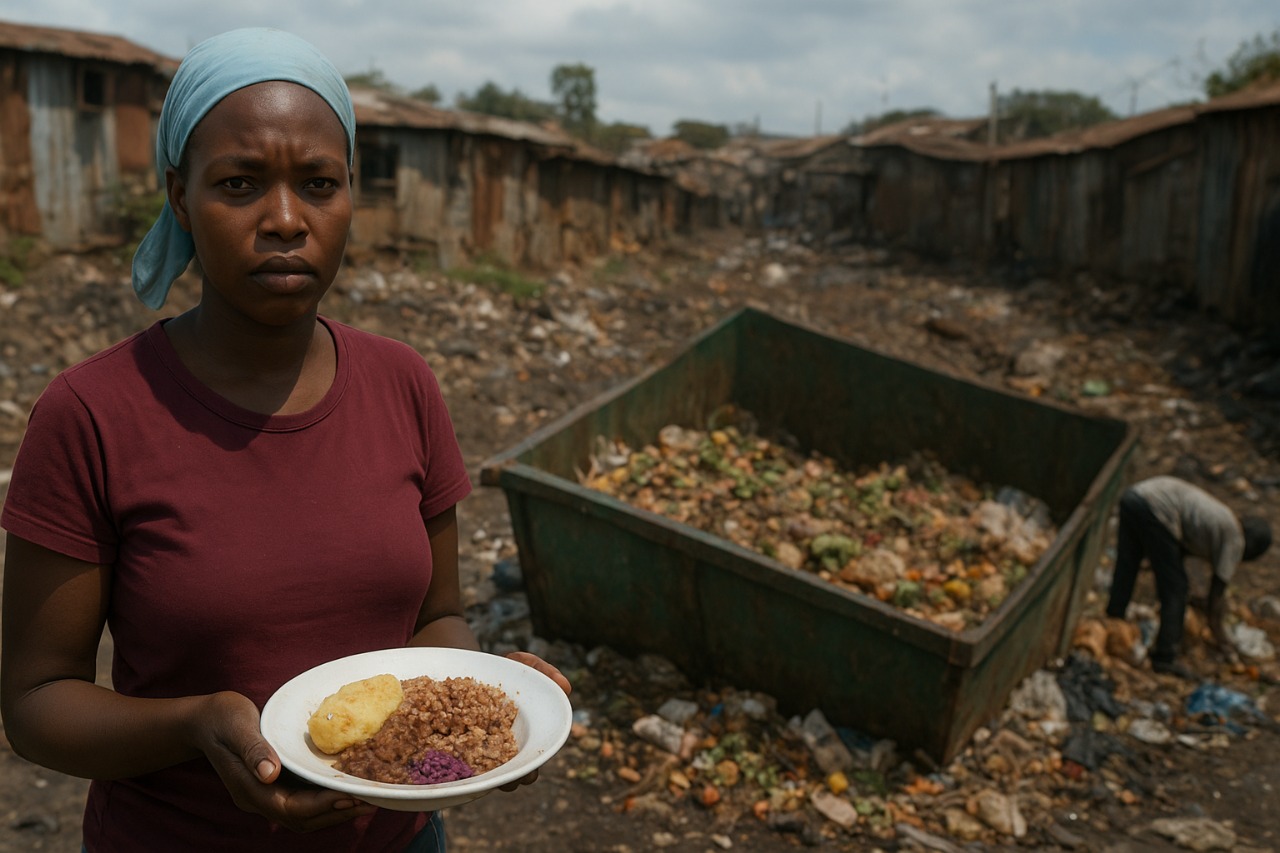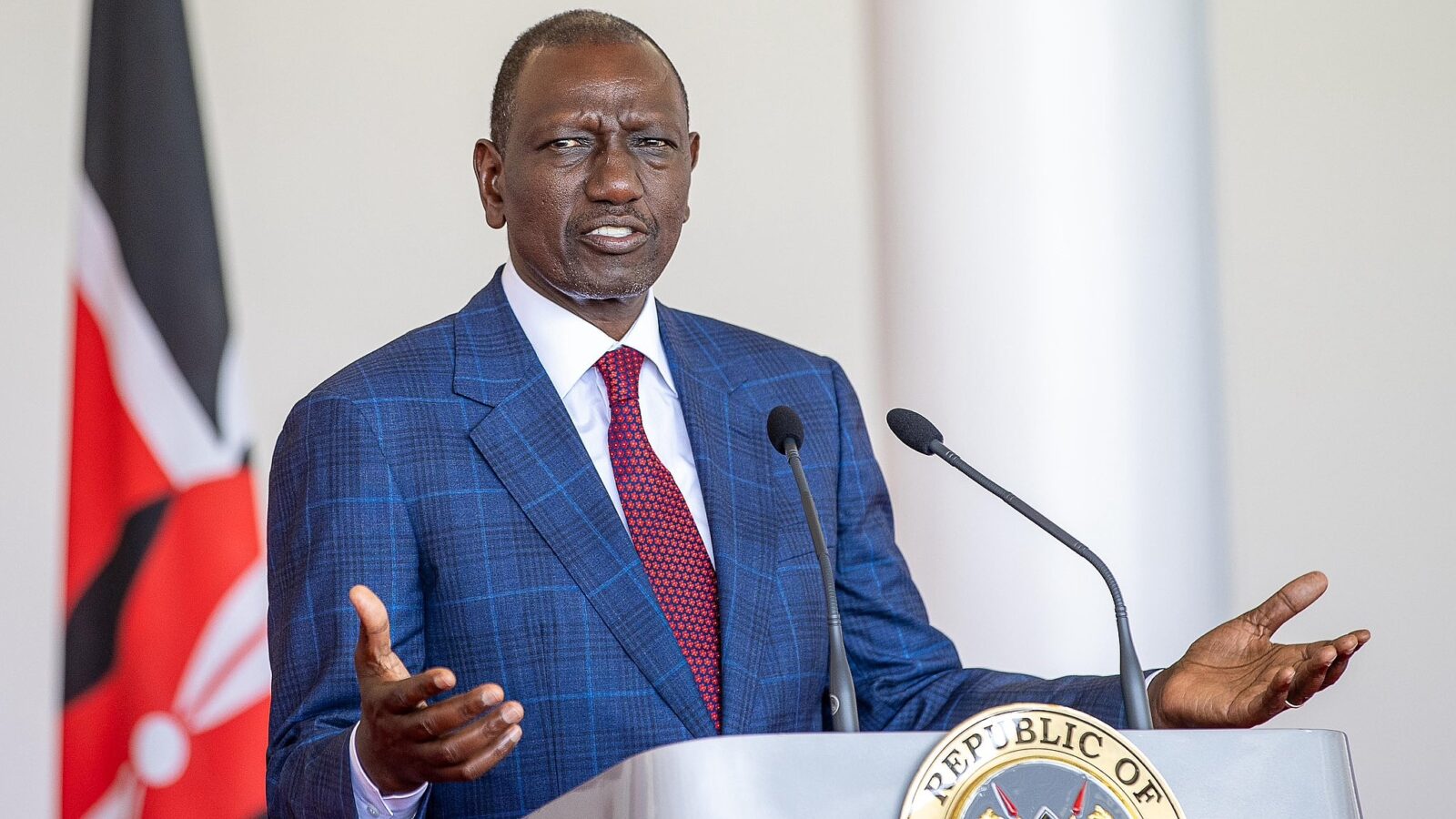As the world marks Food Waste Day on September 29, Kenya faces a troubling paradox. Millions go hungry every day, yet vast amounts of food never make it from farm to fork. Nourishment ends up as waste. And broken supply chains punish both farmers and consumers.
The Food and Agriculture Organization (FAO) estimates that Kenya loses 30 to 40 percent of its total food production before it ever reaches consumers. At the same time, nearly 10 million Kenyans face acute food insecurity.
To put it bluntly: for every ten tonnes of harvest in Kenya, four tonnes vanish, spoiled, damaged, or discarded. Never feeding a single person.
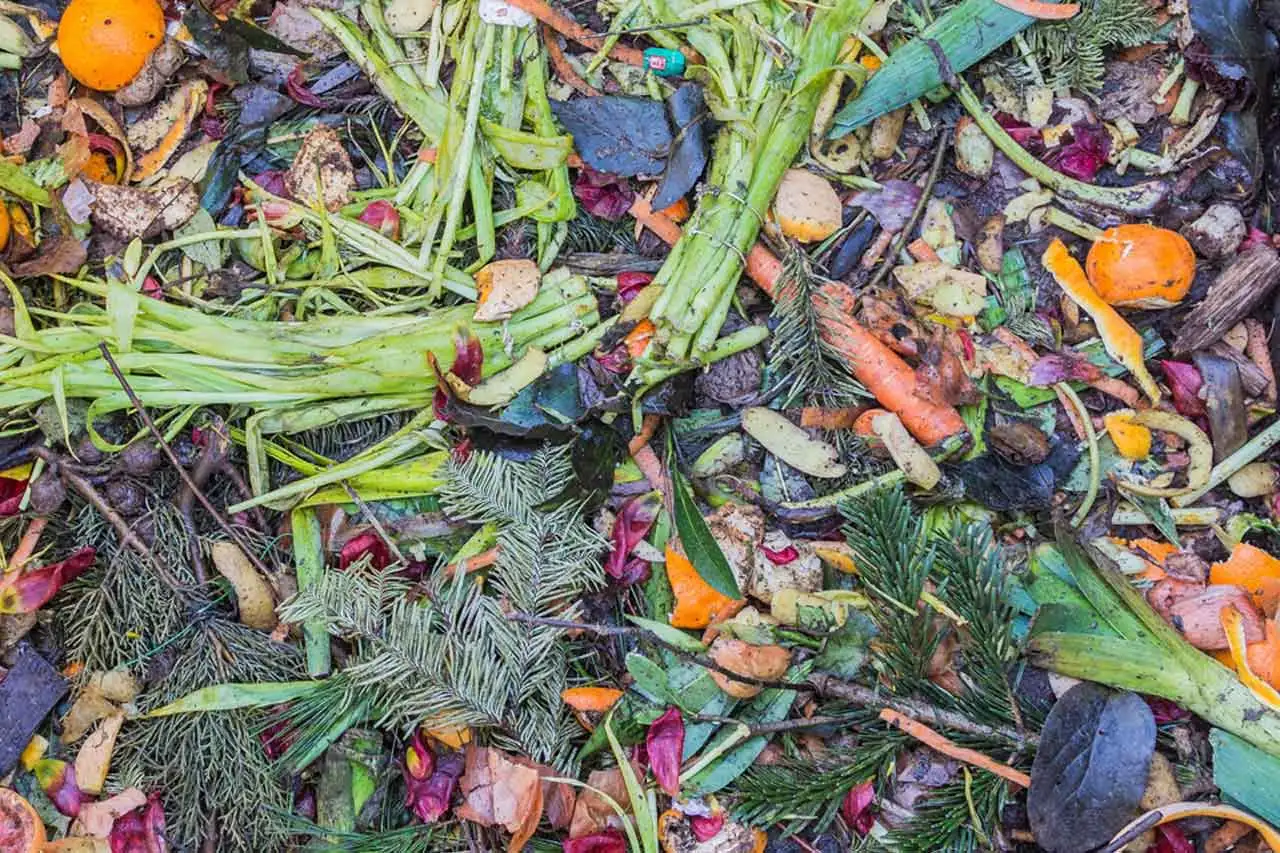
Where does all this food go? The trail of loss begins right after harvest. Smallholder farmers, who grow the majority of Kenya’s food, often lack proper storage facilities.
A bumper maize harvest in Trans-Nzoia can quickly turn into a nightmare, with weevils and moisture destroying a third of the crop in a matter of months. Without access to modern silos, farmers watch helplessly as their hard work and bumper harvest rot away.
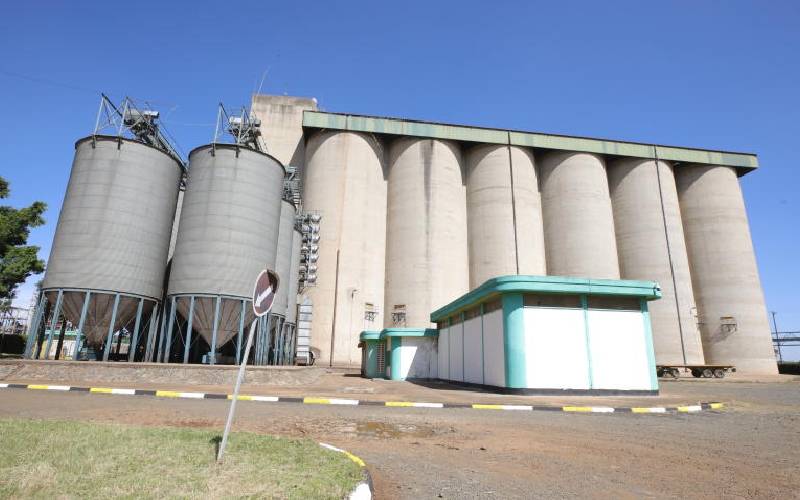
Then comes transportation. Poor rural roads mean produce from fertile regions takes hours, sometimes days, to reach Nairobi markets.
Tomatoes arrive bruised, mangoes overripen, and leafy vegetables wither before reaching market stalls. What leaves the farm fresh often ends up in a garbage heap. The true barrier between food abundance and hunger is not distance but infrastructure.
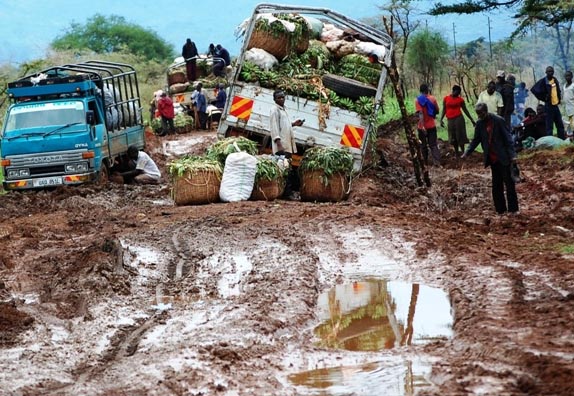
Markets tell the same story. With little refrigeration, fish from Lake Victoria and milk from Rift Valley cows spoil quickly. Retailers frequently dispose of unsold goods rather than lower prices.
At home, the cycle persists: without refrigerators or basic food preservation skills, families are forced to throw away even the little they manage to buy. Ironically, waste thrives most where scarcity is greatest.
This is the tragedy: Kenya has the agricultural potential not only to feed itself but to export surplus. Its diverse climate zones allow year-round production. The issue is survival through the supply chain.
Fixing this demands investment in rural storage, better roads, cold chain logistics, and farmer education. These could slash losses dramatically. The payoff would be immense: fuller stomachs, stronger farmer incomes, and a lighter environmental footprint.
On this World Food Waste Day, Kenya’s paradox serves as a stark reminder: food security is about making sure what we grow reaches the table. The road to zero hunger begins with reducing food waste to zero.


